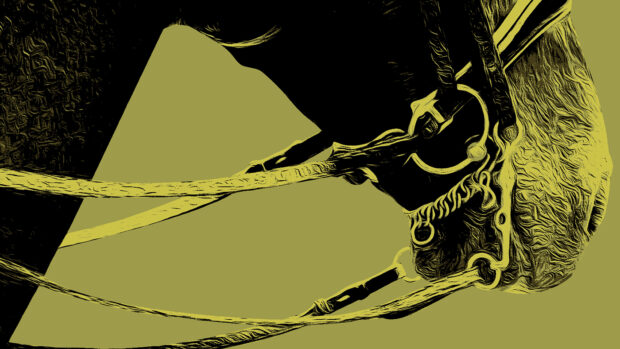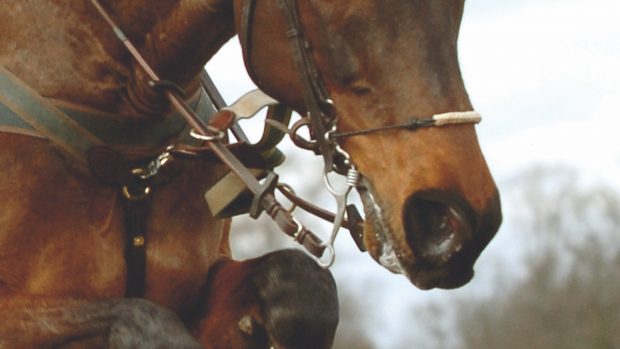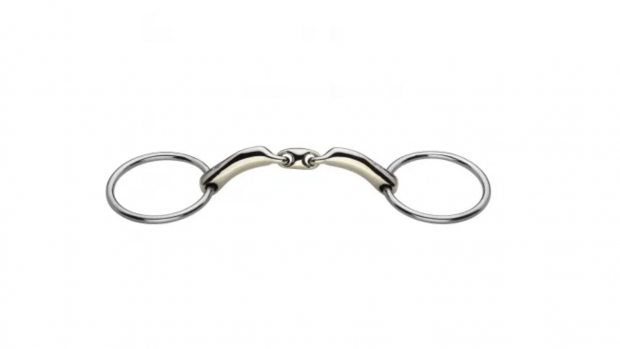ALTHOUGH stainless steel is still the most common material used to make bits, other components such as copper, rubber, nickel and sweet iron also feature regularly. Leather is less commonly seen, but is still in use. We find out why
Can you really get leather bits?
YES — they’re available in a variety of mouthpieces too, including jointed and straight-bar snaffles, Pelhams and combination bits. This type of tack has normal bit rings, but the lightweight mouthpiece is covered in soft, yet extremely hard-wearing, good quality leather.
According to Rebecca Coles from CulmerDrees, which sells these bits, leather bits do not wear out any quicker than other types of bits — they’re tougher than you might imagine.
What are the benefits of a leather bit?
IT’S one of the softest materials you can use in a bit.
The leather encourages salivation and a softer contact. It is kinder to the horse’s mouth than rubber or metal bits, and is especially useful for horses that are particularly sensitive, or even those with allergies to metal.
It is very popular for use on young horses as an introductory bit, getting them used to having something in their mouth without it being too intrusive.
Who uses them?
A variety of riders. Show jumpers Henry Turrell and David McPherson use them, as well as Laura Renwick — who finds them particularly useful for youngsters.
“The leather helps them to mouth and encourages more salivation — the bits are very kind and soft, so perfect for starting off young horses,” she says.
Event rider Sacha Pemble also uses leather bits for training at home.
“I find that sometimes even rubber and vulcanite can rub horses’ mouths if they’re particularly sensitive. Leather is a lot more supple, and encourages them to accept the bit more comfortably.”
Where can I get one?
THEY’RE available in a wide range of sizes, with prices starting from £60.
Contact CulmerDrees Tel: 07886 261248
This Q&A was first published in Horse & Hound (15 March, ’07)


